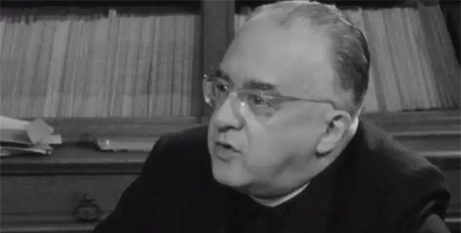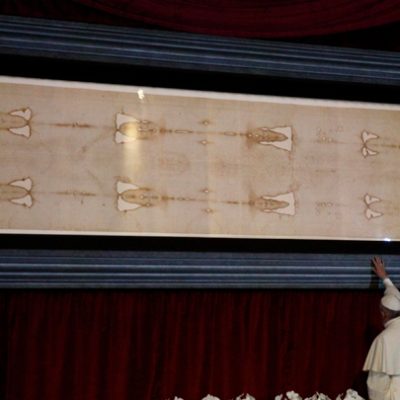
A Belgian television station has rediscovered a 20-minute video in which Fr Georges Lemaitre, considered the father of the Big Bang theory, explains what the origin of the universe may have been like. Source: CNA.
Fr Lemaitre was a Belgian astrophysicist known for being the first academic to propose the theory of the expansion of the universe from a massive explosion of what he called a “primordial atom” or “cosmic egg”.
Until now, only photographs of Fr Lemaitre were preserved, the most popular being the one where he appears alongside Albert Einstein.
However, the VRT television station recently found a video in which the father of the Big Bang explains his theory. The interview was conducted in French by producer Jerome Verhaeghe on February 14, 1964.
Lemaitre points out in the interview that the expansion of the universe was not accepted at first because it made the idea of a creation necessary.
In the video, the astrophysicist explains that “before the theory of the expansion of the universe, some 40 years ago [in the 1920s], we expected the universe to be static, because nothing changes.”
However, discovering expansion made the idea of a static universe “out of the question”.
The priest and astrophysicist also says that this led him to propose the Big Bang theory, describing it as the “primordial atom”.
This expansion leads us to have “a universe, an expanding space full of plasma, with very energetic rays that go in all directions”.
Fr Lemaitre called these rays “primeval fireworks,” which have been preserved in space “giving us a testimony of the first ages of the world”.
FULL STORY
Television station rediscovers lost interview with priest who developed Big Bang theory (CNA)






